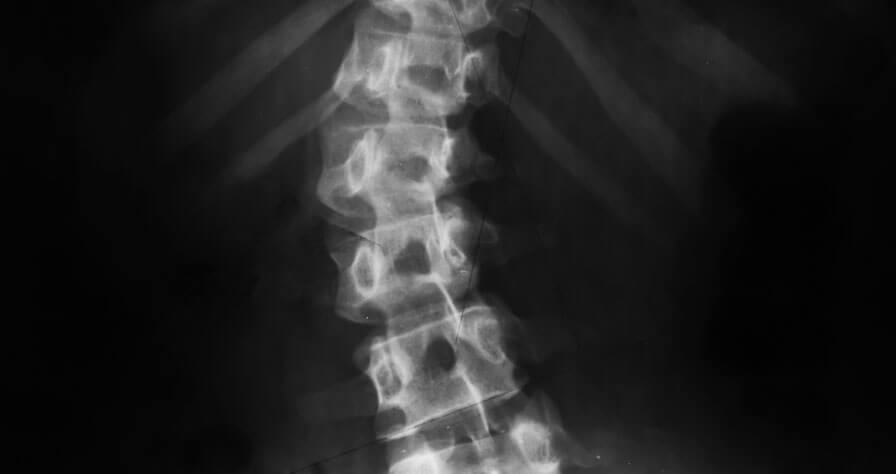Symptoms of SMA

SMA (spinal muscular atrophy) is an inherited disease that most often affects the muscles of babies and children – taking away their ability to walk, eat or breathe. It is the number one genetic cause of death for infants.
The most common forms of SMA are usually divided into four types:
- Type I SMA (also called Werdnig-Hoffman disease) is a severe form of the disorder that is usually apparent at birth or within the first few months of life. The muscles of babies with Type I SMA are thin and weak, which makes their limbs limp and floppy. They’re usually unable to raise their head or sit without support. Children with type I SMA may also have breathing and swallowing problems that can lead to choking or gagging.
- Type II SMA is characterized by muscle weakness that develops in children aged seven to 18 months. Children with type II SMA can sit without support (although they may need help getting to a seated position). They cannot stand or walk without assistance.
- Type III SMA (also called Kugelberg-Welander disease) has milder features that typically develop in children aged 18 months to 15 years. Children with type III SMA can stand and walk unaided, but walking and climbing stairs may become increasingly difficult. Many affected individuals will require wheelchair assistance later in life.
- Type IV (adult onset) SMA often occurs in adults aged 18 to 50 years. Symptoms usually include mild muscle weakness, tremor and twitching. Life expectancy is normal and the muscles for swallowing and breathing are rarely affected.
Tests related to spinal muscular atrophy can be performed before, during and after pregnancy. Approximately one in 50 people have the genetic carrier for SMA. If you’re concerned about SMA, talk to your doctor.



